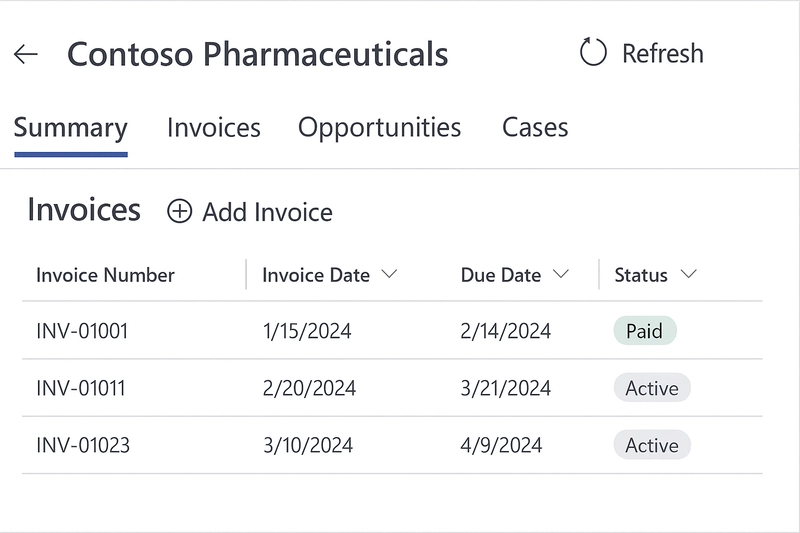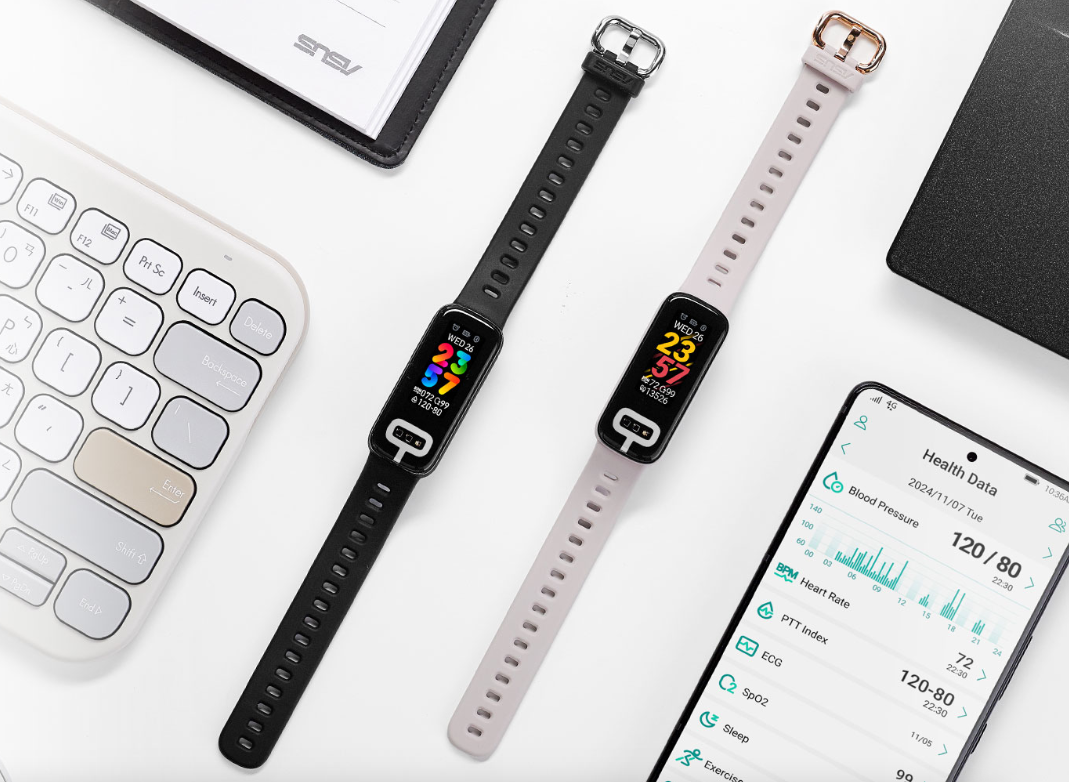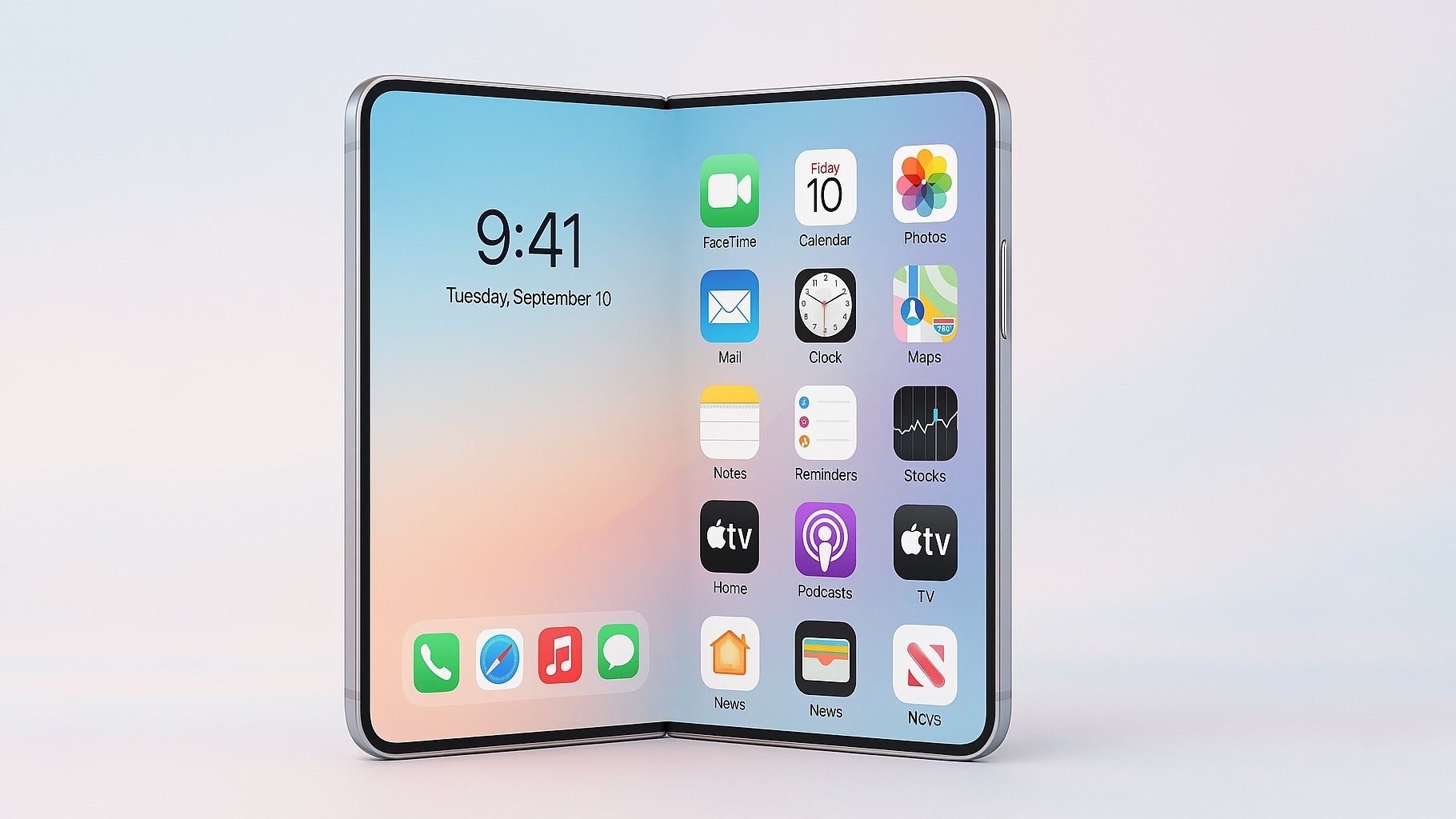AI-Based Product Recommendation System Based on Images in Videos
This design note outlines the creation of an AI-based product recommendation system that analyzes images in videos, similar to YouTube’s product recommendation features. The goal is to identify products within video content and suggest them to viewers in a seamless, relevant, and engaging manner. Below, I detail the key components, workflow, and considerations for building such a system. System Overview The system leverages computer vision, machine learning, and user experience design to: 1- Extract images (frames) from videos. 2- Detect and identify products within those frames. 3- Match detected products to a database of known products. 4- Rank and recommend products based on relevance and user context. 5- Present recommendations in a user-friendly interface. This approach enhances the viewer experience by providing timely and contextually appropriate product suggestions, akin to YouTube’s integration of shopping features. Key Components Video Frame Extraction Sample frames at fixed intervals (e.g., every 1-2 seconds) to reduce computational load. Alternatively, use scene detection to process one frame per scene, capturing key content without redundancy. Optimization: For long videos, focus on key frames (e.g., I-frames in video compression) or lower-resolution images to balance accuracy and efficiency. Product Detection and Identification Purpose: Identify products within extracted frames using AI. Techniques: Object Detection: Use pre-trained models like YOLO (You Only Look Once) or SSD (Single Shot MultiBox Detector) to detect objects such as "shirt," "phone," or "knife." Custom Training: If generic models are insufficient, train or fine-tune on a dataset of specific products/brands relevant to the platform. Considerations: Set a confidence threshold to filter out uncertain detections and minimize false positives. Product Matching Image Similarity Search: Extract features from detected product images using a convolutional neural network (CNN), then compare them to a database of product images using metrics like cosine similarity. Vector Database: Store product image embeddings in a vector database (e.g., Milvus or Faiss) for fast, scalable similarity searches. Logo Detection: Use logo recognition to pinpoint exact products or brands when applicable. Database: Maintain a catalog of product images, metadata (e.g., name, category, price), and purchase links. Recommendation Ranking Frequency and Duration: Products appearing multiple times or for longer durations in the video are prioritized. Video Context: Use metadata (e.g., title, tags) to filter products by category (e.g., cosmetics in a makeup tutorial). User Preferences: Personalize recommendations based on the viewer’s past interactions or interests (e.g., favoring tech products for a gadget enthusiast). User Interface Sidebar: Show product thumbnails and links alongside the video player. Toggle Option: Allow users to enable/disable recommendations for a tailored experience. Feedback: Include options like “not interested” or “show more” to refine future suggestions. ***Workflow* 1- Frame Extraction: Extract frames from the video using tools like OpenCV, sampling at intervals or based on scene changes. 2- Product Detection: Process frames with a computer vision model to detect and classify products. 3- Feature Extraction: Use a CNN to generate embeddings for detected product images. 4- Product Matching: Search a vector database for similar product embeddings and retrieve corresponding product details. 5- Ranking: Score products based on frequency, duration, context, and user data. 6- Display: Present recommendations via a sidebar or video overlays. Additional Considerations Data Requirements Use public datasets like COCO for initial training, supplemented by a custom dataset of specific products if needed. Legal and Ethical Aspects Secure rights or partnerships for product links (e.g., affiliate marketing agreements). Conclusion This AI-based product recommendation system integrates video processing, computer vision, and user-centric design to deliver relevant product suggestions based on video imagery. By optimizing frame sampling, leveraging advanced models, and incorporating user context, it mirrors the functionality of YouTube’s product recommendations while remaining scalable and efficient.

This design note outlines the creation of an AI-based product recommendation system that analyzes images in videos, similar to YouTube’s product recommendation features. The goal is to identify products within video content and suggest them to viewers in a seamless, relevant, and engaging manner. Below, I detail the key components, workflow, and considerations for building such a system.
System Overview
The system leverages computer vision, machine learning, and user experience design to:
1- Extract images (frames) from videos.
2- Detect and identify products within those frames.
3- Match detected products to a database of known products.
4- Rank and recommend products based on relevance and user context.
5- Present recommendations in a user-friendly interface.
This approach enhances the viewer experience by providing timely and contextually appropriate product suggestions, akin to YouTube’s integration of shopping features.
Key Components
- Video Frame Extraction Sample frames at fixed intervals (e.g., every 1-2 seconds) to reduce computational load. Alternatively, use scene detection to process one frame per scene, capturing key content without redundancy. Optimization: For long videos, focus on key frames (e.g., I-frames in video compression) or lower-resolution images to balance accuracy and efficiency.
- Product Detection and Identification Purpose: Identify products within extracted frames using AI. Techniques: Object Detection: Use pre-trained models like YOLO (You Only Look Once) or SSD (Single Shot MultiBox Detector) to detect objects such as "shirt," "phone," or "knife."
Custom Training: If generic models are insufficient, train or fine-tune on a dataset of specific products/brands relevant to the platform.
Considerations: Set a confidence threshold to filter out uncertain detections and minimize false positives.
Product Matching
Image Similarity Search: Extract features from detected product images using a convolutional neural network (CNN), then compare them to a database of product images using metrics like cosine similarity.
Vector Database: Store product image embeddings in a vector database (e.g., Milvus or Faiss) for fast, scalable similarity searches.
Logo Detection: Use logo recognition to pinpoint exact products or brands when applicable.
Database: Maintain a catalog of product images, metadata (e.g., name, category, price), and purchase links.Recommendation Ranking
Frequency and Duration: Products appearing multiple times or for longer durations in the video are prioritized.
Video Context: Use metadata (e.g., title, tags) to filter products by category (e.g., cosmetics in a makeup tutorial).
User Preferences: Personalize recommendations based on the viewer’s past interactions or interests (e.g., favoring tech products for a gadget enthusiast).User Interface
Sidebar: Show product thumbnails and links alongside the video player.
Toggle Option: Allow users to enable/disable recommendations for a tailored experience.
Feedback: Include options like “not interested” or “show more” to refine future suggestions.
***Workflow*
1- Frame Extraction: Extract frames from the video using tools like OpenCV, sampling at intervals or based on scene changes.
2- Product Detection: Process frames with a computer vision model to detect and classify products.
3- Feature Extraction: Use a CNN to generate embeddings for detected product images.
4- Product Matching: Search a vector database for similar product embeddings and retrieve corresponding product details.
5- Ranking: Score products based on frequency, duration, context, and user data.
6- Display: Present recommendations via a sidebar or video overlays.
Additional Considerations
Data Requirements
Use public datasets like COCO for initial training, supplemented by a custom dataset of specific products if needed.
Legal and Ethical Aspects
Secure rights or partnerships for product links (e.g., affiliate marketing agreements).
Conclusion
This AI-based product recommendation system integrates video processing, computer vision, and user-centric design to deliver relevant product suggestions based on video imagery. By optimizing frame sampling, leveraging advanced models, and incorporating user context, it mirrors the functionality of YouTube’s product recommendations while remaining scalable and efficient.












































































































































































![[The AI Show Episode 143]: ChatGPT Revenue Surge, New AGI Timelines, Amazon’s AI Agent, Claude for Education, Model Context Protocol & LLMs Pass the Turing Test](https://www.marketingaiinstitute.com/hubfs/ep%20143%20cover.png)





































































































































































































































.png?#)






















.webp?#)
.webp?#)













.webp?#)
























































































![[Fixed] Gemini app is failing to generate Audio Overviews](https://i0.wp.com/9to5google.com/wp-content/uploads/sites/4/2025/03/Gemini-Audio-Overview-cover.jpg?resize=1200%2C628&quality=82&strip=all&ssl=1)

![What’s new in Android’s April 2025 Google System Updates [U: 4/14]](https://i0.wp.com/9to5google.com/wp-content/uploads/sites/4/2025/01/google-play-services-3.jpg?resize=1200%2C628&quality=82&strip=all&ssl=1)













![Apple Seeds tvOS 18.5 Beta 2 to Developers [Download]](https://www.iclarified.com/images/news/97011/97011/97011-640.jpg)
![Apple Releases macOS Sequoia 15.5 Beta 2 to Developers [Download]](https://www.iclarified.com/images/news/97014/97014/97014-640.jpg)





































































































































